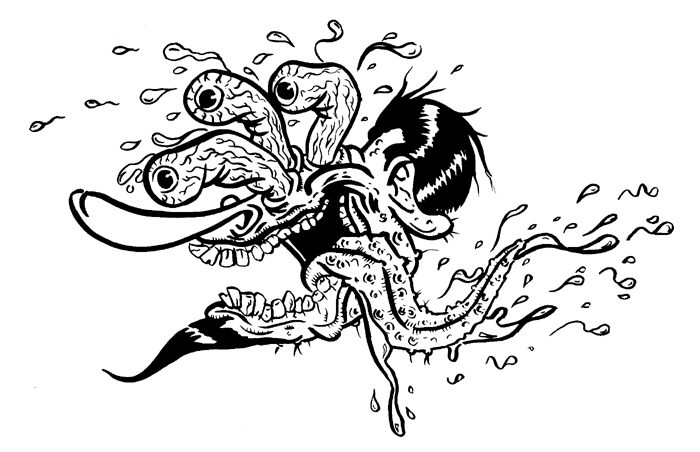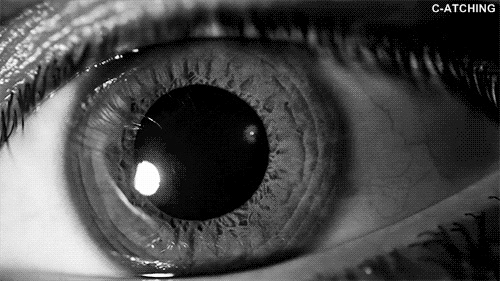
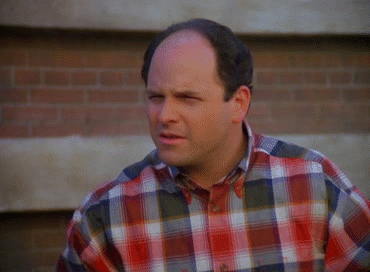
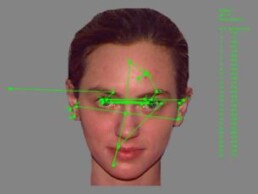
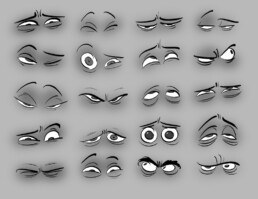
LESSONS: Ten Things to Think About
EYES
Understanding Eye Animation: Here are some fundamental pointers for animating eyes
- Eyes as Windows to the Soul: The eyes reflect the character’s thoughts and emotions, controlled by the mind.
- Significance of Eye Movement: Eye darts and glances can convey more than body gestures, offering insights into the character’s mind.
- Portraying Desire: Even hidden beneath subtext, desire is often conveyed through the eyes.
- Overview of Eye Motion: Every eye movement should have a purpose. Analyze patterns in eye movements, such as the Social Triangle – shifting between the right eye, left eye, and mouth.
- Eye Shape and Lid Movement: Eye shape changes as the iris moves and is affected by lid shapes and brow pressure. Lid movement accompanies eye line changes and emotional expressions.
Eye Darts: Swift movements indicate various emotions or thoughts. Linear curves and controlled motion enhance readability.
- Blinks: Blinks should occur naturally, with duration and frequency reflecting the character’s mind. Different blinks convey different emotions.
- Squints: Squints often accompany certain consonant sounds and can signify emotional shifts.
- Brows: Brow movement complements eye animation, particularly during blinks. It influences the character’s expression and emotion.
- Pupils: Pupil size can denote interest, emotion, or physiological responses. Be mindful of occlusion to maintain visual appeal.
- Eye Accessing Cues: Eye movements correspond to mental processes like visualization, auditory recall, and introspection.
- Shape Variation: Eye shape changes with direction shifts, creating the illusion of lid coverage.
- Traditional Animation Techniques: Traditional Animation alters eye shape to effectively simulate lid movement and direction changes.
- Pupils: Pupil size can denote interest, emotion, or physiological responses. Be mindful of occlusion to maintain visual appeal.
- Eye Accessing Cues: Eye movements correspond to mental processes like visualization, auditory recall, and introspection.
- Shape Variation: Eye shape changes with direction shifts, creating the illusion of lid coverage.
- Traditional Animation Techniques: Traditional Animation alters eye shape to effectively simulate lid movement and direction changes.
If you like this content, look into mentoring with Angie!

